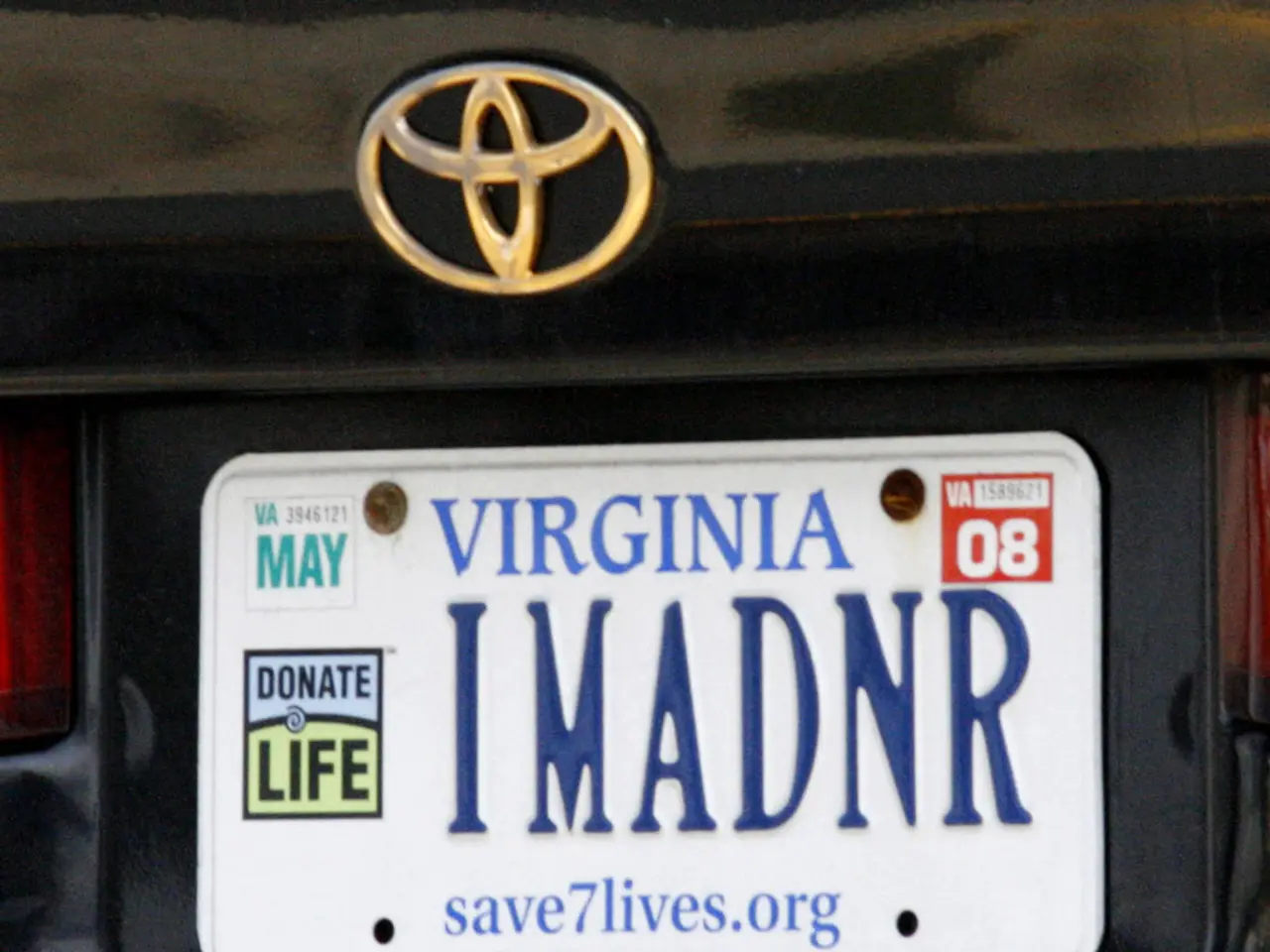Enhance Your Car Expertise: Unlocking Insights with Vehicle Identification Number (VIN) Decoding
A Vehicle Identification Number (VIN) is a unique code assigned to every motor vehicle when it's manufactured. This 17-character code follows a global standard to ensure consistency and reliability in the information it conveys.
Locating the VIN
To decode a VIN, the first step is to locate the 17-character code. The VIN is usually found on the driver's side dashboard, door jamb, or vehicle documents. To decode the VIN, interpret each segment as follows:
Decoding the VIN
- Country of Manufacture: The first character tells you the country where the vehicle was made. Examples include 1, 4, or 5 for the USA, 2 for Canada, J for Japan, W for Germany, and S for the UK.
- Manufacturer and Vehicle Type: The second and third characters identify the manufacturer and vehicle type or division. For instance, H represents Honda, T stands for Toyota, and V signifies Volkswagen. G denotes a passenger car, while T represents a truck.
- Vehicle Descriptor Section (VDS): The VDS, spanning characters 4 to 8, reveals details about the vehicle such as model/trim, body style, engine type, restraint system, and transmission.
- The 4th digit indicates the model/trim (A=Base, B=Sport).
- The 5th digit signifies the body style (2=2-door, 4=4-door).
- The 6th digit represents the engine type (1=1.5L, 2=2.0L Turbo).
- The 7th digit denotes the restraint system (A=Front airbags).
- The 8th digit refers to the transmission (M=Manual, A=Automatic).
- Check Digit: The 9th character is a security code used to verify the authenticity of the VIN.
- Model Year: The 10th character indicates the vehicle’s model year using a code that cycles through letters and numbers. Examples include A=1980 or 2010, B=1981 or 2011, Y=2000 or 2030, 1=2001 or 2031, S=1995 or 2025, etc.
- Assembly Plant: The 11th character identifies the factory where the vehicle was assembled.
- Sequential Number: The last six characters (12-17) form the vehicle’s unique serial number, providing a distinct identifier within its production line.
The Benefits of VIN Decoding
Understanding VIN codes can provide crucial insights into the vehicle's past, manufacturer, specifications, and more. This knowledge can make maintenance more straightforward, ensuring you get the correct parts and services.
Decoding a VIN can safeguard you against potential pitfalls in the automotive world, particularly when purchasing a used vehicle. By comparing the vehicle's reported condition with its documented history, you can make informed decisions and avoid costly surprises.
Insurers often use VIN details to assess a vehicle's risk profile, affecting premiums. Therefore, understanding your vehicle's specifications can help you negotiate better insurance rates.
In summary, each segment of the VIN decodes to reveal detailed manufacturing and configuration information about your vehicle. For precise meanings of codes (e.g., engine size or body style), manufacturer-specific tables or trusted online VIN decoders are often used since exact coding varies by make.
The integration of technology in decoding VINs allows us to gain valuable insights about a vehicle's country of manufacture, manufacturer, vehicle type, and specific features such as engine type, transmission, and restraint system. This enhanced understanding of the VIN not only streamlines car maintenance but also serves as a safeguard during used vehicle purchases, as it enables us to evaluate a vehicle's history and make informed decisions. Moreover, insurance companies use VIN details to determine risk profiles and set premiums, offering an opportunity for better insurance rate negotiations based on the vehicle's specifications.




